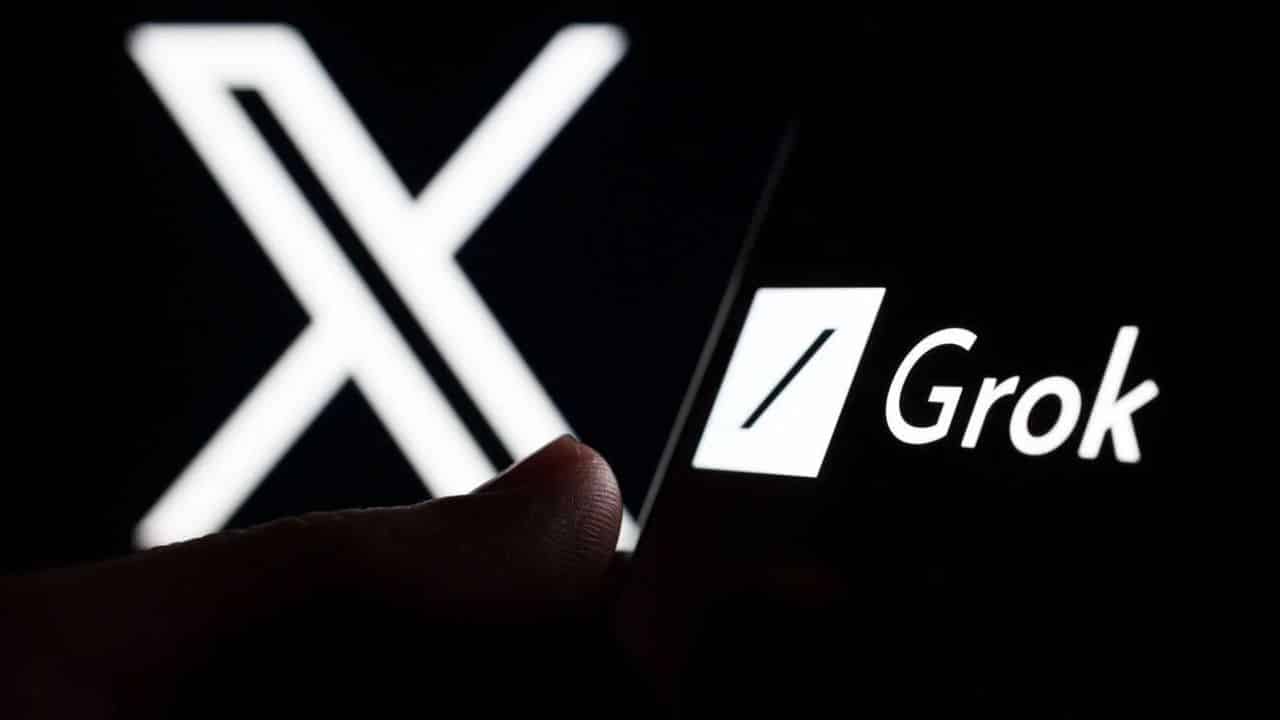Listen to the Podcast:
Online trading is the process of buying and selling financial instruments, such as stocks, bonds, commodities, currencies, and similar other derivatives, using digital platforms. Thanks to the dramatic acceleration in technological advances experienced in the last few years, online trading has become much more accessible and convenient for individuals, allowing common people to manage their investments from the comfort of their own homes.
The below provides an easy step-by-step guide to online trading, covering the basics of what it is, how to get started on your trading journey, and how to make informed financial decisions.
1.Understanding Online Trading
Like with everything in life, the first step is to understand what online trading is and how it actually works. As previously mentioned, an online trader deals with both basic financial instruments, such as currencies and stocks, and more complex ones: bonds, assets, and commodities are all part of the microcosm of the trader operating through specialized online platforms. The obvious advantage of carrying out these tasks online is the ability to access market data from anywhere in the world and to manage one’s own investments around the clock.
2. Choose a Brokerage
Once you have a basic understanding, the next step is to choose a brokerage service, i.e. a company providing access to the markets or exchanges that will allow a given individual to trade online. There are of course, many online brokerages available, each with their peculiar strengths and weaknesses, so it is important to choose one that best meets your needs and goals. Some factors to consider when choosing a broker include their fees, trading platform, research and analysis tools, customer service, and regulation.
3. Open a Trading Account
Having chosen our brokerage service, we can move on to opening a trading account. This involves filling out an application form and providing the classic personal information set, such as name, address, and financial details. Proof of identity is also required by most services and can come in the form of a passport or driver’s license, or utility bill. Once your account is created and approved, you will receive login details allowing you to access the trading platform and start your journey.
4. Fund the Account
With your trading account now open, the next step is – arguably the most painful! – is to fund it. You must ensure that you have enough funds in your account to cover the cost of your trades, including the brokerage fees.
5. Learn about Trading
Before you start trading, it is highly recommended that you educate yourself about the financial instruments you are interested in and the markets. This will help you make informed decisions while minimizing the risk of losses. There are many ways to learn about trading: books remain fairly popular, but courses, webinars, and online tutorials are overtaking the more traditional methodologies. You can also access research and analysis tools provided by your brokerage to help you make informed trades.
6. Start Trading
Once you are ready to start trading, you can order through your trading platform. This involves specifying the financial instrument you want to trade, the quantity, and the price you are willing to pay. The platform will look for a buyer or seller in the market matching the criteria outlined once identified. The transaction will be executed. It is important to remember that trading involves risk, so before making any trades, one should always clearly understand the investment goals and risks involved.
7. Monitor Trades
Once the trade has been placed, it can and should be monitored regularly to ensure it performs as expected. Constant monitoring is crucial to make the necessary adjustments to the trade, thus managing risk appropriately. These days, brokerage services provide all the necessary tools to monitor the trade’s performance and view your account balance.
8. Manage Risk
Risk management is an essential part of online trading, one not to be overlooked. This involves understanding the risks involved in each trade, setting a stop-loss order, and diversifying your portfolio. A stop-loss order is a pre-determined price at which your trade will be automatically closed if the market moves against you. This helps to minimize your losses and protect your capital. Diversifying your portfolio is a wide-know tactic to spread your investments across different assets and markets to reduce overall risk.
9. Keep Track of Performance
Keeping track of your trading performance is probably the most interesting part of the process. It marries the curiosity to see how you are doing with the challenge of identifying improvement areas. Unsurprisingly, keeping a trading journal is still the best way to record your trades, stay on top of your investment, and review your performance regularly. This information can also help you to refine your trading strategy and to make informed decisions in the future.
10. Stay up to Date
Finally, the landscape can change very quickly in the online world, so we recommend staying up to date with the latest market developments by keeping up with the relevant news. This will help you to stay ahead of the curve and, hopefully, to make informed decisions. You can access news and analysis from your brokerage or other sources, such as financial trading news websites and social media.








































